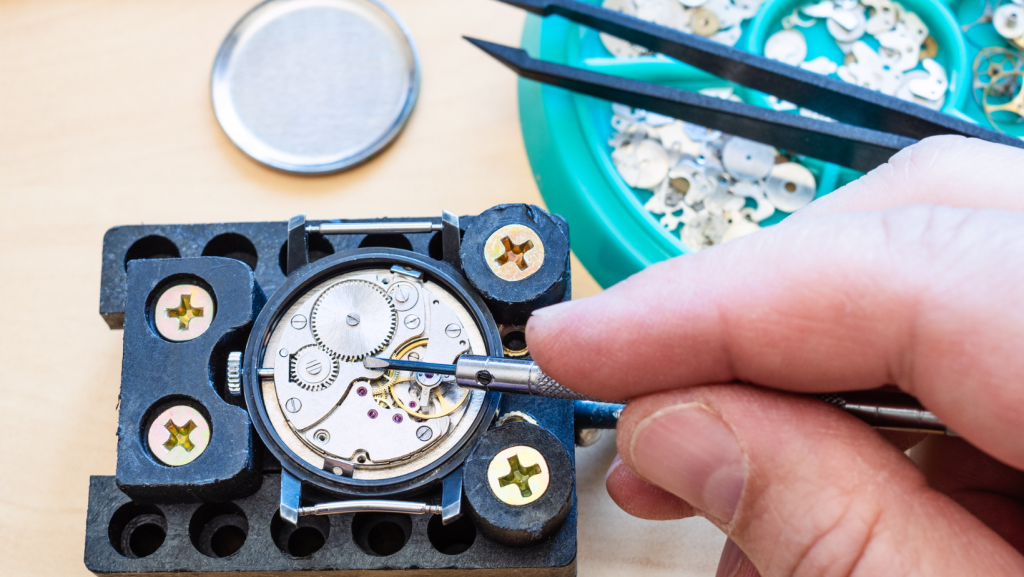1. There is moisture inside the watch case.
Moisture is one of the main causes of damage in watches, as it can cause corrosion inside the movement. If you notice moisture or condensation underneath the glass, you need to have it professionally checked as soon as possible.
Moisture inside the watch may indicate that the gaskets have been worn out or that the watch was not resealed properly (if it has just recently been serviced).
Lastly, keep wearing your watch, even at night, if you can’t send it for servicing immediately. Your body temperature will help keep moisture away from the moving parts. |
